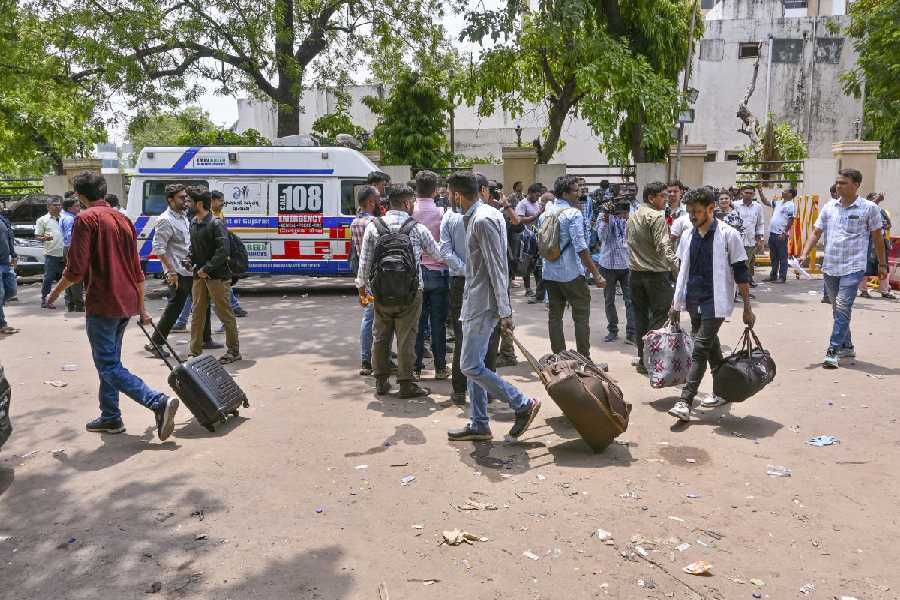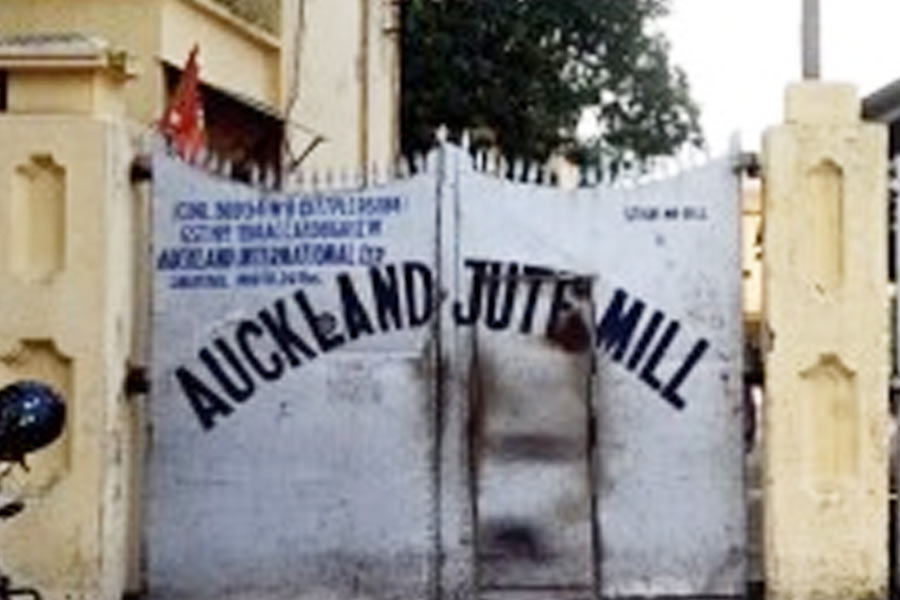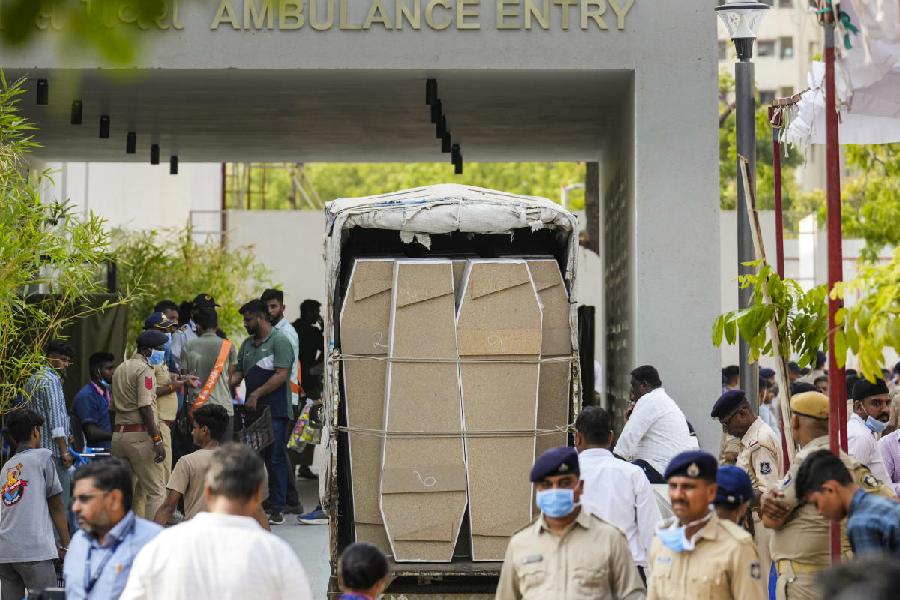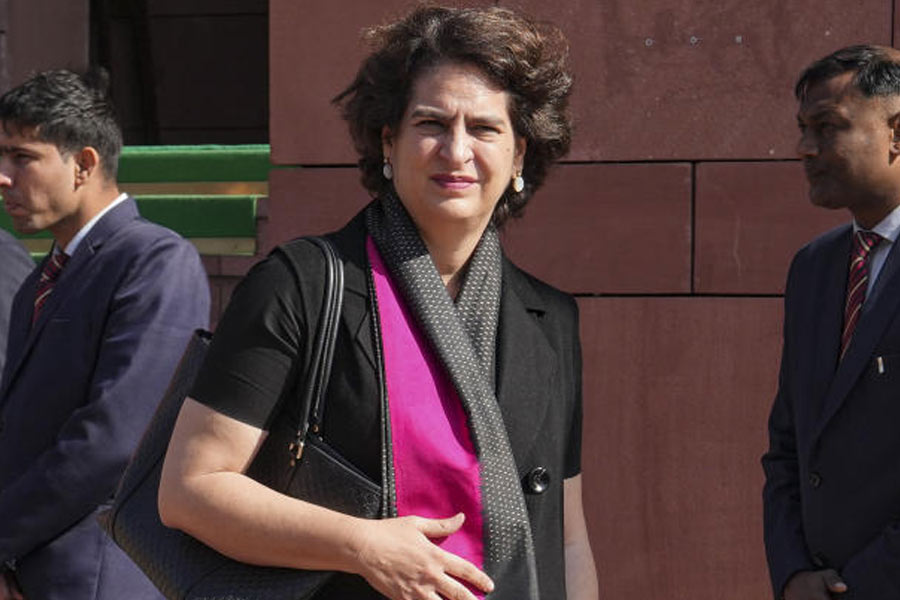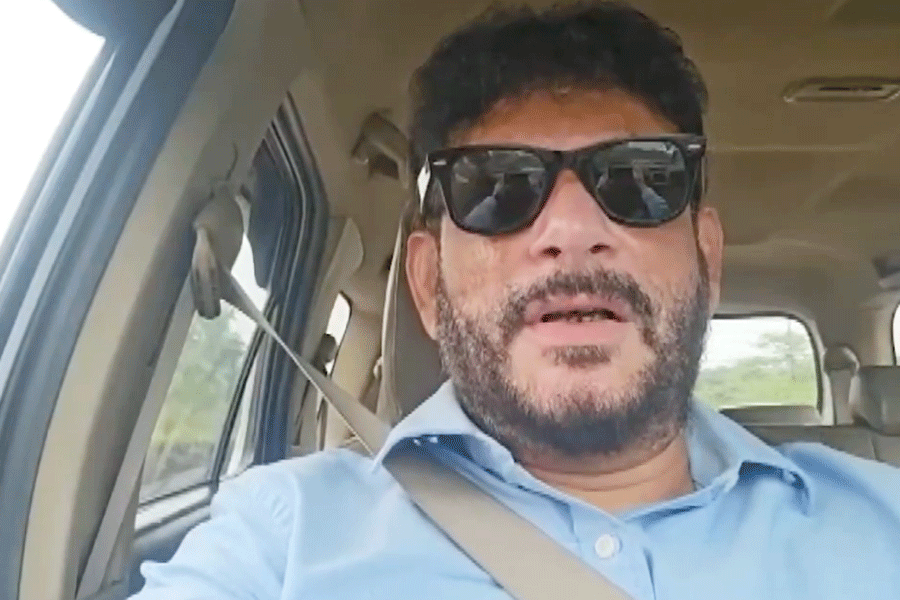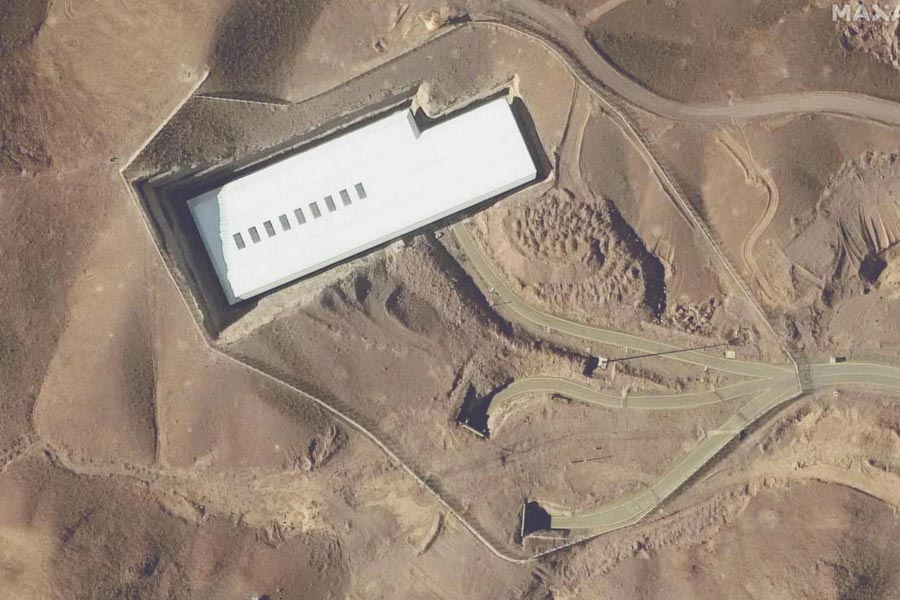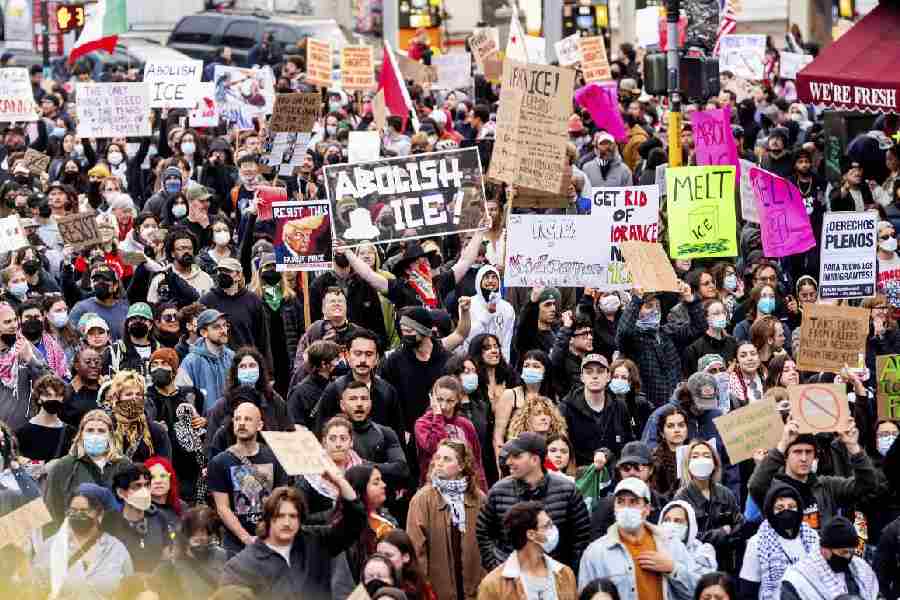Ulan Bator, June 12 (Reuters): A mass grave containing hundreds of Buddhist monks and civilians executed in Stalinist purges in the 1930s has been found in the Mongolian capital, members of an investigative team said today.
A probe of a construction site in western Ulan Bator had revealed 348 skulls with bullet holes in the back, they told reporters. There were at least 575 victims, but the number could top 1,000, they said. Historians say at least 30,000 intellectuals, dissidents, noblemen and monks were killed in purges by the Mongolian People’s Revolutionary Party (MPRP) in the 1930s.
More than 700 monasteries and Buddhist temples were destroyed in Mongolia, which became the world’s second Communist state in 1921 under the domination of the neighbouring Soviet Union. Seizures of private property and forced relocation of nomadic herders led to widespread unrest that was brutally crushed.
At the mass grave, some 90 per cent of the dead were found with the remains of yellow and red garments and religious items usually worn by Buddhist monks, investigators said.
But objects belonging to civilians from the upper and middle classes were also found, said a historian and Buddhist monks who took part in the investigation along with officials, intelligence specialists and forensic experts. “Most of the victims were shot in the back of the head,” said Purevbat, a Buddhist monk, who, like many Mongolians uses only one name.
Historian Ichinnorov said the identities of many of the victims would never be known, as many were brought to Ulan Bator from the countryside.


